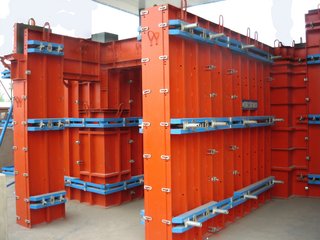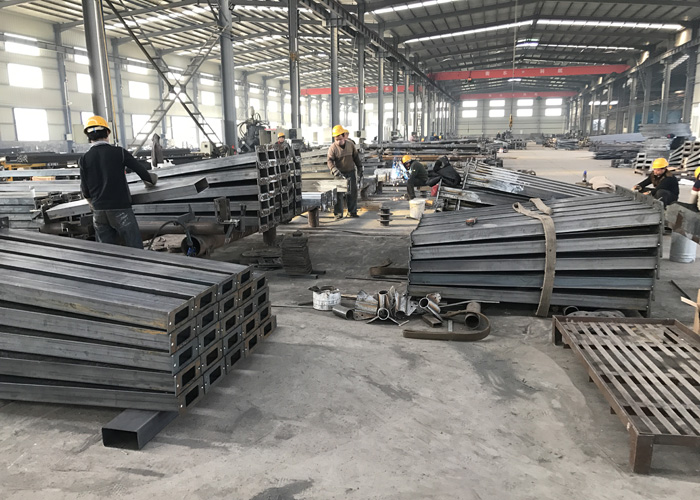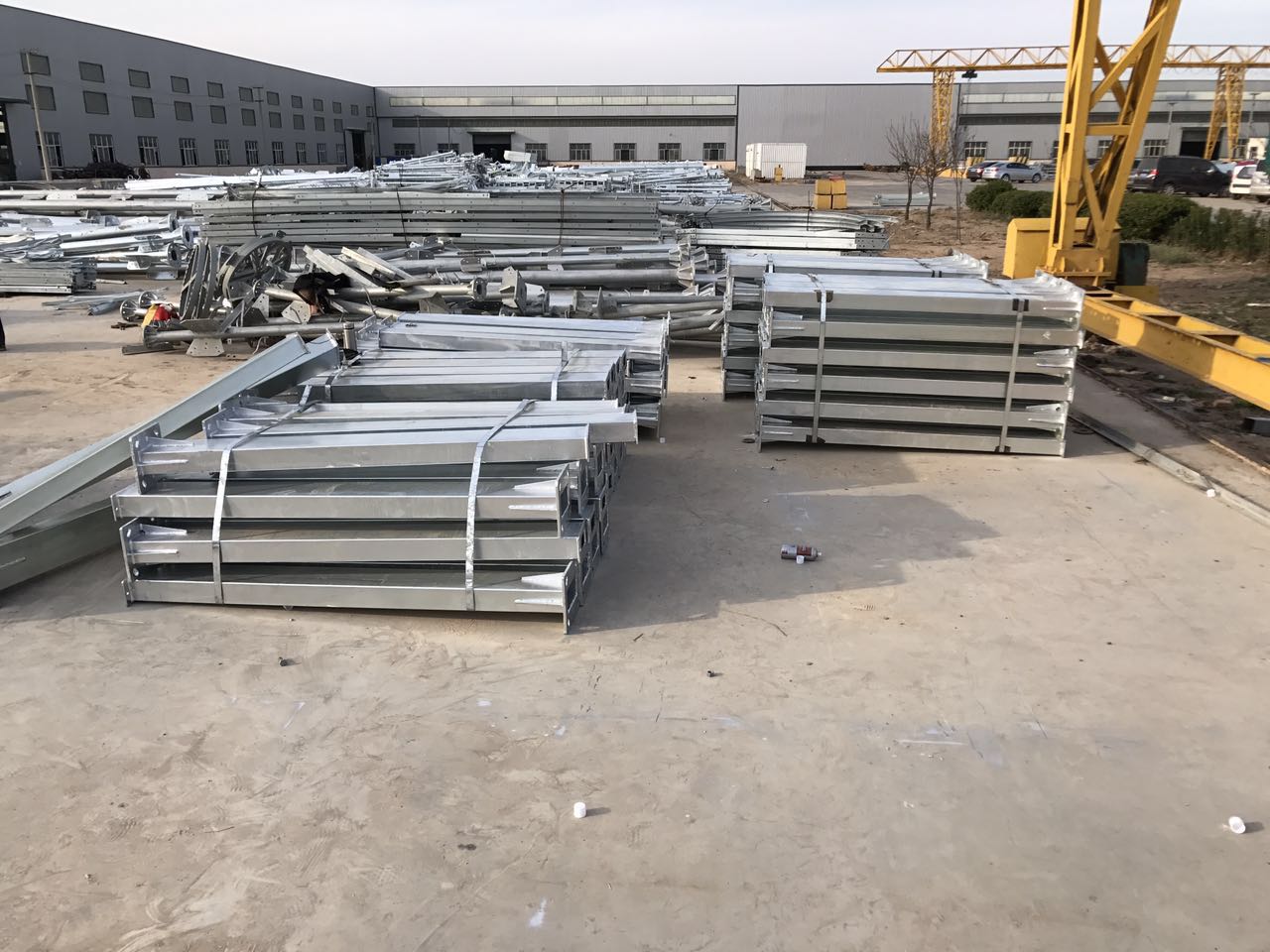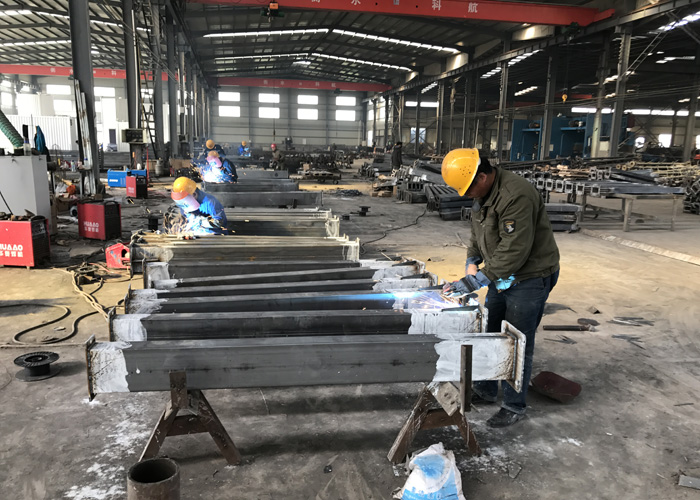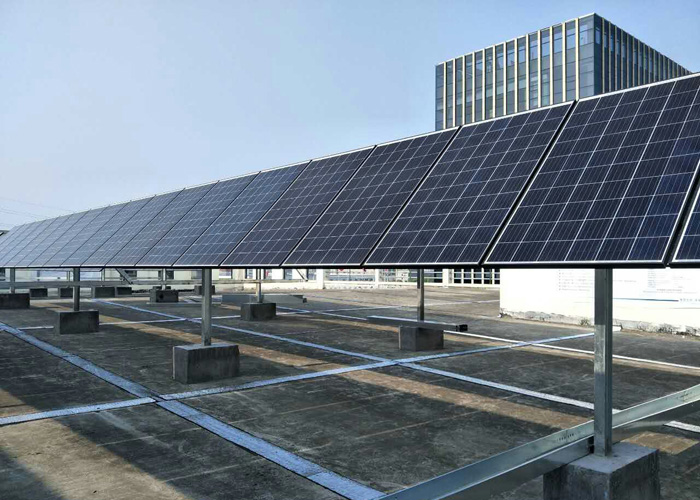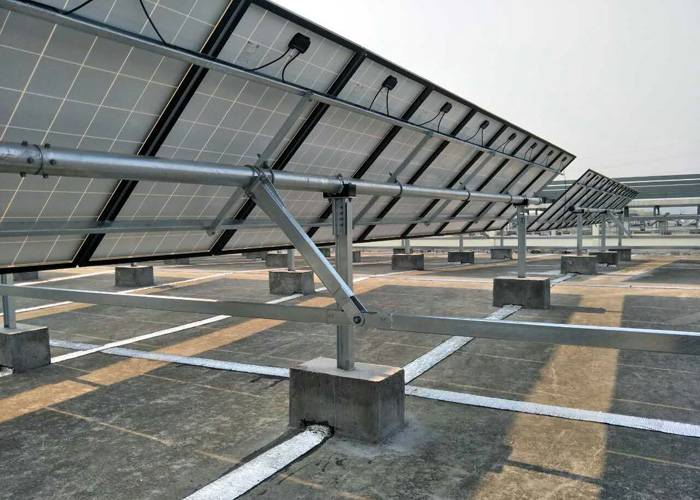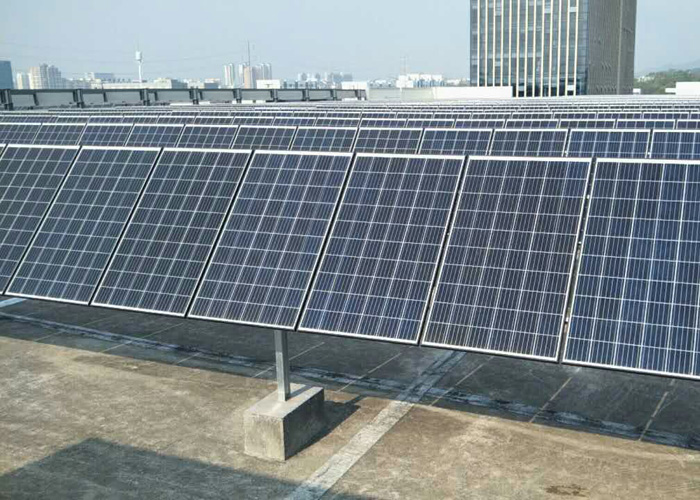Steel template
The steel formwork replaces the wood formwork and significantly reduces the pore-water pressure and bubble elimination in concrete pressure, which is usually done with traditional sealing formwork such as wood, plywood, or steel; the steel formwork structure forms an ideal roughness interface. No need for rough work can enter the next process construction.
It can be placed either before installing the rebar or after installing the rebar. If placed before installation, it is easy to place and install; visual monitoring of the concrete pouring process reduces the risk of porosity and honeycomb formation.
If a large concrete pouring is interrupted or delayed for any reason, a fast material is an ideal material of choice as a backup to any shape required for emergency sealing. Construction can be resumed quickly, eliminating the need for mold removal of temporary closures. Because the use of fast-track network can quickly build unplanned end-cap, as a contingency measure. Customers can prepare ready-to-buy quick-haul nets on the jobsite before beginning large-scale pouring, and the quick-haul shuttering with concrete creates the ideal cementing surface for future casting.
As with bar protection, it is easy to provide proper protection for quick access, including the use of wood or plastic strips, the use of steel wire to tie bars or directly to soffit or face stock.
In the construction industry is widely used, it is difficult to see the wooden template.
Advantages of steel formwork: Reinforcement system, high strength of parts, high rigidity of combination, high precision of plate making, strict seam making, easy deformation, good template integrity and strong earthquake resistance.

